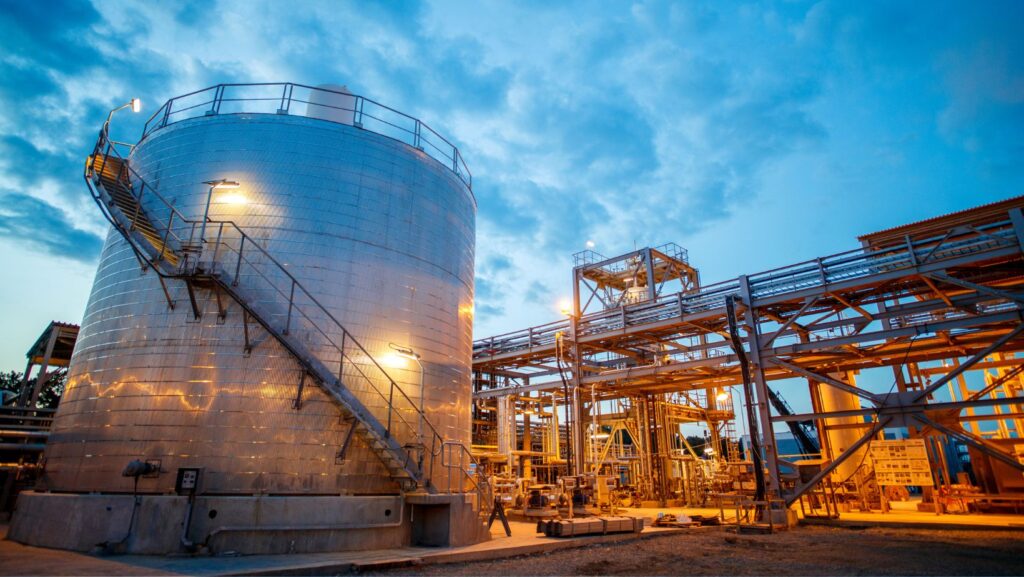
The oil and gas industry is inherently fraught with risks due to its complex operations, volatile markets, and stringent regulatory environments. The right risk management is crucial to ensuring the safety, profitability, and sustainability of projects. Read on to explore the key strategies and best practices for mitigating risks in oil and gas projects, helping companies to navigate uncertainties and achieve project success.
Comprehensive Risk Assessment
The foundation of effective risk management will always be a thorough risk assessment. It involves identifying potential risks, evaluating their impact, and prioritizing them based on their likelihood and severity.
- Hazard Identification: Conduct detailed hazard identification studies (HAZID) to pinpoint potential risks across all project phases, from transportation and refining to exploration and production.
- Risk Analysis: Use quantitative and qualitative methods, such as fault tree analysis (FTA) and failure mode and effects analysis (FMEA), to assess the probability and impact of identified risks.
- Risk Prioritization: Rank the various risks based on their potential impact on project objectives and resources, focusing on high-priority risks that require immediate attention.
Environmental Risk Management
Environmental risks are a significant concern in the oil and gas industry, with potential impacts on ecosystems, public health, and company reputation.

- Environmental Impact Assessments (EIA): Conduct EIAs for all projects to evaluate potential environmental impacts and develop mitigation measures. Make sure your business is compliant with local and international environmental regulations.
- Spill Prevention and Response: Implement spill prevention programs and maintain emergency response plans for oil spills and other environmental incidents. Regularly conduct drills to ensure preparedness.
- Sustainability Practices: Adopt sustainable practices such as minimizing flaring, reducing greenhouse gas emissions, and enhancing energy efficiency to mitigate environmental risks.
Financial Risk Management
Volatile commodity prices, cost overruns, and financial mismanagement can pose substantial risks to oil and gas projects. Successful financial risk management strategies are essential for maintaining project viability.
- Budgeting and Forecasting: Develop detailed budgets and financial forecasts that account for potential cost fluctuations and contingencies. Regularly evaluate and adjust these forecasts based on project progress and market conditions.
- Hedging Strategies: Use financial instruments such as futures, options, and swaps to hedge against price volatility and exchange rate fluctuations.
- Cost Control: Implement rigorous cost control measures to monitor expenses and prevent budget overruns. Use project management software to track costs in real-time and identify areas for cost savings.
Compliance with Regulations
Compliance with regulatory requirements is critical for avoiding legal risks and maintaining project approvals.
- Regulatory Monitoring: Stay informed about local, national, and international regulations that impact oil and gas operations. Use compliance management software to track regulatory changes and ensure adherence.
- Permitting and Approvals: Obtain all necessary permits and approvals before commencing project activities. Maintain thorough documentation to demonstrate compliance during audits and inspections.
- Stakeholder Engagement: Proactively engage with regulators, local communities, and other stakeholders to build trust and address concerns. Transparent communication can prevent conflicts and facilitate smoother project execution.
Project Management Practices
Effective oil and gas project management is critical to mitigating risks and ensuring project success in the industry.

- Project Planning: Develop detailed project plans that include timelines, milestones, and resource allocations. Use project management software like Primavera P6 or Microsoft Project to track progress and adjust plans as needed.
- Risk Management Plans: Integrate risk management into the project planning process. Identify potential risks early on and develop contingency plans to address them.
- Communication and Coordination: Foster clear communication and coordination among all project stakeholders. Regular meetings, status reports, and collaborative tools can ensure that everyone is aligned and informed.
- Quality Assurance: Implement rigorous quality assurance processes to ensure that all project activities meet required standards and specifications. Regular audits and inspections can help to identify and rectify issues promptly. Routine inspections and maintenance processes, such as pigging oil and gas pipelines, are essential for preventing long-term damage and ensuring efficient pipeline operations.
Conclusion
Mitigating risks in oil and gas projects requires a comprehensive and proactive approach that encompasses safety, environmental management, financial prudence, regulatory compliance, technology adoption, contract management, and effective project management practices.
By implementing these strategies and best practices, companies can navigate the complex risk landscape of the oil and gas industry, ensuring safer, more efficient, and more sustainable project outcomes. Effective risk management not only protects the organization from potential losses but also enhances its reputation, competitiveness, and long-term success.










